#Strike City
Text

I drew alternate outfits for Raz Psychonauts two!
inspired by @dailyraz 's post :P
Close-ups below! 👇🏼
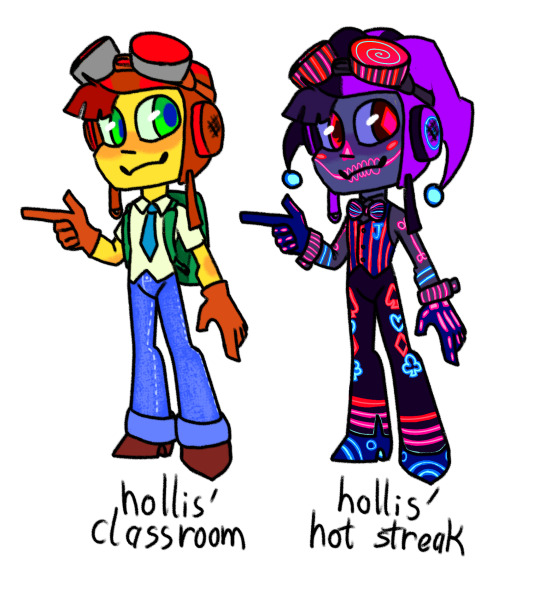




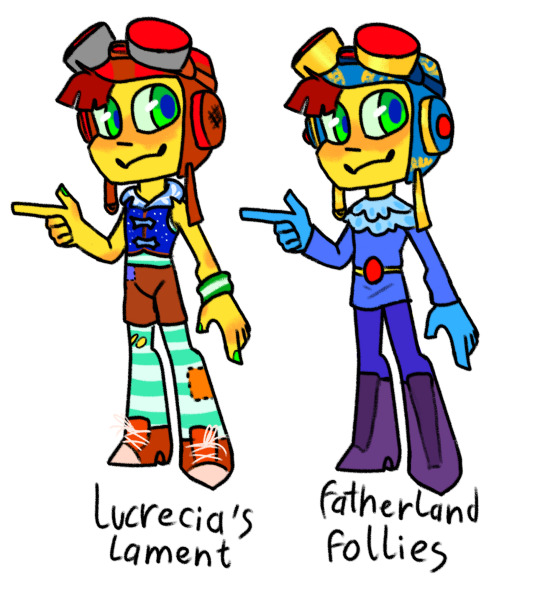
i am very proud of myself for that Hollis' hot streak design
haha Joker card Raz go brrr
#psychonauts#psychonauts 2#psychonauts fanart#razputin aquato#psychonauts raz#raz aquato#hollis' classroom#hollis' hot streak#compton's cookoff#psi king's sensorium#ford's follicles#strike city#cruller's correspondance#tomb of the sharkophagus#cassie's collection#bob's bottles#lucrecia's lament#fatherland follies#character design#alternate outfits#psychonauts memes
263 notes
·
View notes
Text
What Happened When a Fearless Group of Mississippi Sharecroppers Founded Their Own City
Strike City was born after one small community left the plantation to live on their own terms
— September 11, 2023 | NOVA—BPS
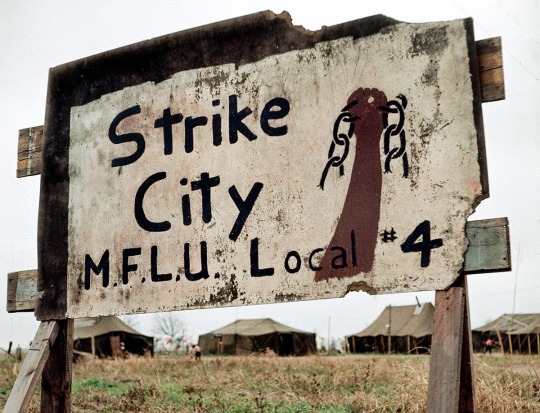
A tin sign demarcated the boundary of Strike City just outside Leland, Mississippi. Photo by Charlie Steiner
In 1965 in the Mississippi Delta, things were not all that different than they had been 100 years earlier. Cotton was still King—and somebody needed to pick it. After the abolition of slavery, much of the labor for the region’s cotton economy was provided by Black sharecroppers, who were not technically enslaved, but operated in much the same way: working the fields of white plantation owners for essentially no profit. To make matters worse, by 1965, mechanized agriculture began to push sharecroppers out of what little employment they had. Many in the Delta had reached their breaking point.
In April of that year, following months of organizing, 45 local farm workers founded the Mississippi Freedom Labor Union. The MFLU’s platform included demands for a minimum wage, eight-hour workdays, medical coverage and an end to plantation work for children under the age of 16, whose educations were severely compromised by the sharecropping system. Within weeks of its founding, strikes under the MFLU banner began to spread across the Delta.
Five miles outside the small town of Leland, Mississippi, a group of Black Tenant Farmers led by John Henry Sylvester voted to go on strike. Sylvester, a tractor driver and mechanic at the A.L. Andrews Plantation, wanted fair treatment and prospects for a better future for his family. “I don’t want my children to grow up dumb like I did,” he told a reporter, with characteristic humility. In fact it was Sylvester’s organizational prowess and vision that gave the strikers direction and resolve. They would need both. The Andrews workers were immediately evicted from their homes. Undeterred, they moved their families to a local building owned by a Baptist Educational Association, but were eventually evicted there as well.
After two months of striking, and now facing homelessness for a second time, the strikers made a bold move. With just 13 donated tents, the strikers bought five acres of land from a local Black Farmer and decided that they would remain there, on strike, for as long as it took. Strike City was born. Frank Smith was a Student Nonviolent Coordinating Committee worker when he went to live with the strikers just outside Leland. “They wanted to stay within eyesight of the plantation,” said Smith, now Executive Director of the African American Civil War Memorial and Museum in Washington, D.C. “They were not scared.”
Life in Strike City was difficult. Not only did the strikers have to deal with one of Missississippi’s coldest winters in history, they also had to endure the periodic gunshots fired by white agitators over their tents at night. Yet the strikers were determined. “We ain’t going out of the state of Mississippi. We gonna stay right here, fighting for what is ours,” one of them told a documentary film team, who captured the strikers’ daily experience in a short film called “Strike City.” “We decided we wouldn’t run,” another assented. “If we run now, we always will be running.”
But the strikers knew that if their city was going to survive, they would need more resources. In an effort to secure federal grants from the federal government’s Office of Economic Opportunity, the strikers, led by Sylvester and Smith, journeyed all the way to Washington D.C. “We’re here because Washington seems to run on a different schedule,” Smith told congressmen, stressing the urgency of the situation and the group’s needs for funds. “We have to get started right away. When you live in a tent and people shoot at you at night and your kids can’t take a bath and your wife has no privacy, a month can be a long time, even a day…Kids can’t grow up in Strike City and have any kind of a chance.” In a symbolic demonstration of their plight, the strikers set up a row of tents across the street from the White House.

John Henry Sylvester, left, stands outside one of the tents strikers erected in Washington, D.C. in April 1966. Photo by Rowland Sherman
“It was a good, dramatic, in-your-face presentation,” Smith told American Experience, nearly 60 years after the strikers camped out. “It didn’t do much to shake anything out of the Congress of the United States or the President and his Cabinet. But it gave us a feeling that we’d done something to help ourselves.” The protestors returned home empty-handed. Nevertheless, the residents of Strike City had secured enough funds from a Chicago-based organization to begin the construction of permanent brick homes; and to provide local Black children with a literacy program, which was held in a wood-and-cinder-block community center they erected.
The long-term sustainability of Strike City, however, depended on the creation of a self-sufficient economy. Early on, Strike City residents had earned money by handcrafting nativity scenes, but this proved inadequate. Soon, Strike City residents were planning on constructing a brick factory that would provide employment and building material for the settlement’s expansion. But the $25,000 price tag of the project proved to be too much, and with no employment, many strikers began to drift away. Strike City never recovered.
Still, its direct impact was apparent when, in 1965, Mississippi schools reluctantly complied with the 1964 Civil Rights Act by offering a freedom-of-choice period in which children were purportedly allowed to register at any school of their choice. In reality, however, most Black parents were too afraid to send their children to all-white schools—except for the parents living at Strike City who had already radically declared their independence . Once Leland’s public schools were legally open to them, Strike City kids were the first ones to register. Their parents’ determination to give them a better life had already begun to pay dividends.
Smith recalled driving Strike City’s children to their first day of school in the fall of 1970. “I remember when I dropped them off, they jumped out and ran in, and I said, ‘They don't have a clue what they were getting themselves into.’ But you know kids are innocent and they’re always braver than we think they are. And they went in there like it was their schoolhouse. Like they belonged there like everybody else.”
#The Harvest | Integrating Mississippi's Schools | Article#NOVA | PBS#American 🇺🇸 Experience#Mississippi Delta#Cotton | King#Abolition | Slavery#Black Sharecroppers#Mechanized Agriculture#Mississippi Freedom Labor Union (MFLU)#Leland | Mississippi#Black Tenant Farmers#John Henry Sylvester | Truck Driver | Mechanic#A.L. Andrews Plantation#Fair Treatment | Prospects#Baptist Educational Association#Frank Smith | Student | Nonviolent Coordinating Committee#Strike City#Executive Director | African American | Civil War Memorial & Museum | Washington D.C.#Federal Government | Office of Economic Opportunity#Congress of the United States | The President | Cabinet#Brick Homes | Black Children | Literacy Program#Wood-and-Cinder-Block | Community Center
5 notes
·
View notes
Text
currently at a bowling alley and my first thought upon arrival was "oh my god i'm in strike city" so. how are you all today
4 notes
·
View notes
Text
So Universal Pictures may have just intentionally over-pruned all of the city owned trees in front of their LA corporate office in an effort to fuck with the WGA/SAG-AFTRA picketers during what is predicted to be the hottest week of the year so far:
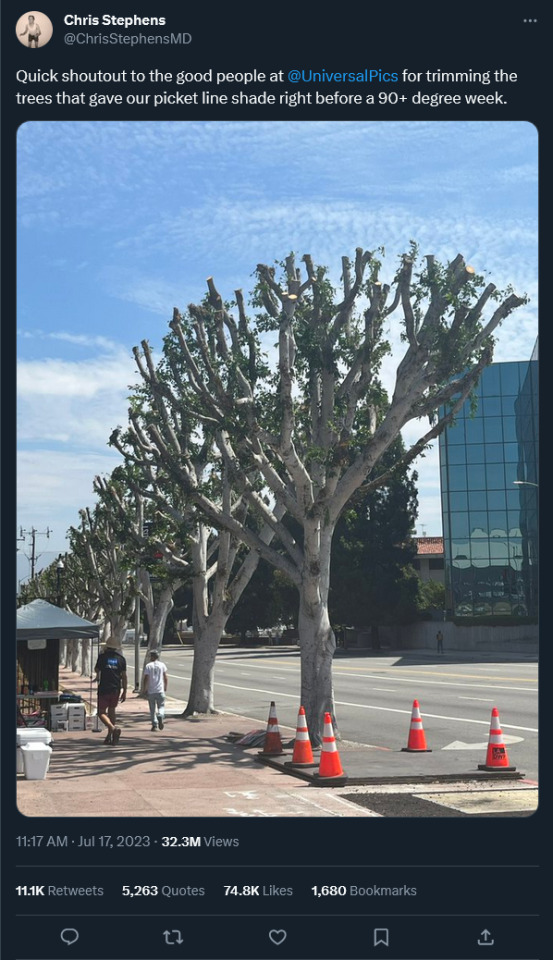
And the LA City Controller is looking into it:
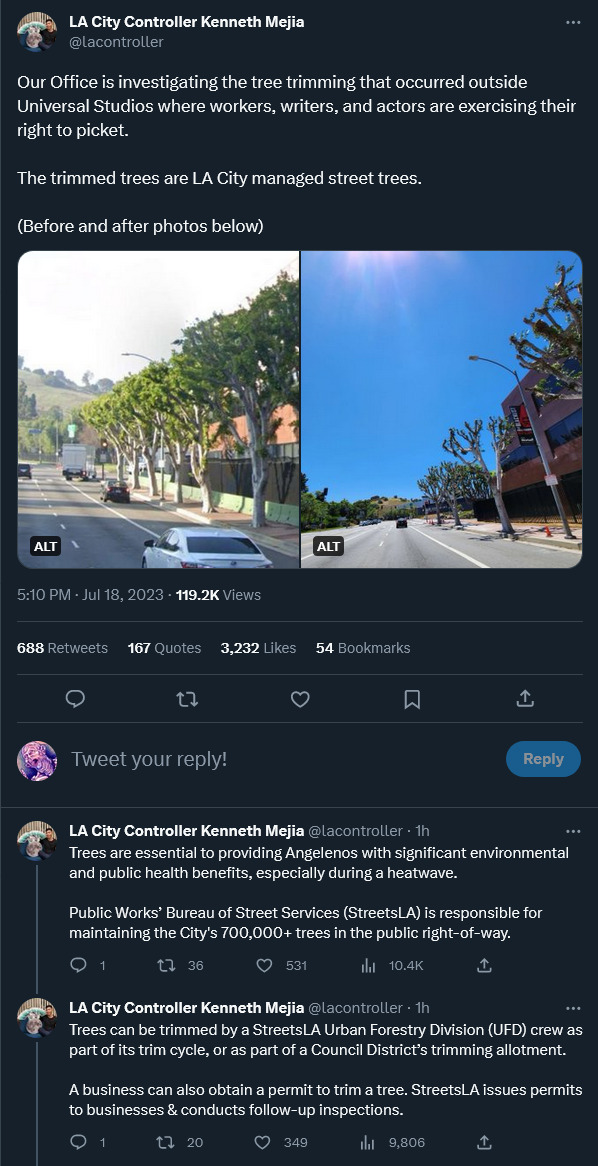
Once again it looks like it's time for:
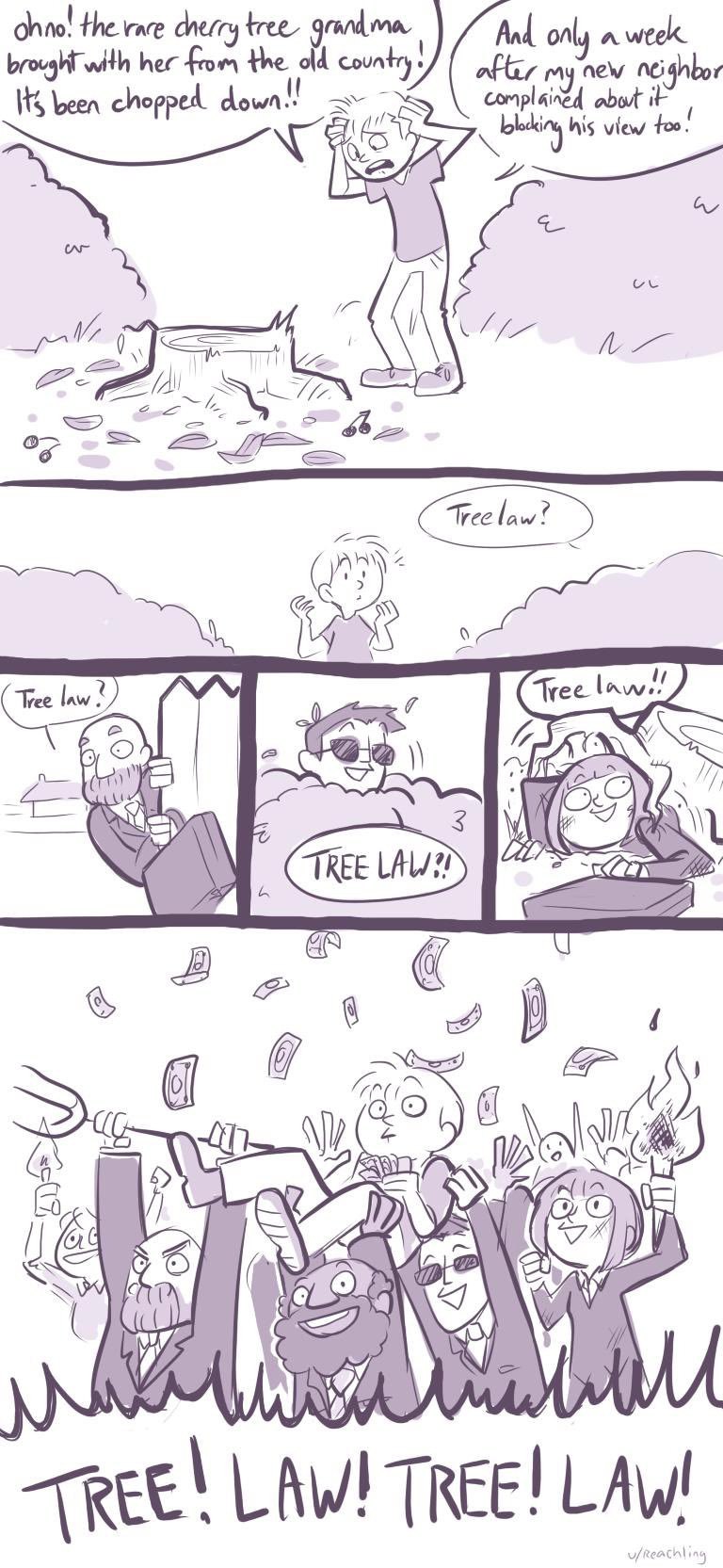
#wga#wga strike#sag aftra#sag aftra strike#wga strong#wga solidarity#universal pictures#tree law#legal stuff#la city#los angeles#fafo? boy I hope so
15K notes
·
View notes
Text
LA's environmentalist lawyers pulling up to Universal:


Update:
Well then, I guess:

#its time to pay ❤️#wga strike#writers strike#writers guild of america#screen actors guild#sag aftra#sag-aftra#sag strike#environment#tree law#universal#nbc universal#bird law#update on tags#$250? $250!?#the environmentalist lawyers when the city told them they were first time offenders and thus would be having fine limits: 😀 eh#obviously they probs didnt call them in but its the joke let it be
18K notes
·
View notes
Text

now playing on lightspeed FM...
#luke skywalker#star wars#my art#sw fanart#a new hope#empire strikes back#return of the jedi#this was real fun to do#artists on tumblr#art#city pop#anime#illustation#digital art
3K notes
·
View notes
Text







Luke Skywalker - Cloud City
The Empire Strikes Back
#luke skywalker#star wars#sw edit#swedit#esb#empire strikes back#movies#film#cinema#mine#strwrsdaily#swsource#starwarsblr#moviegifs#filmgifs#bespin fatigues#cloud city#bespin#whump
701 notes
·
View notes
Text
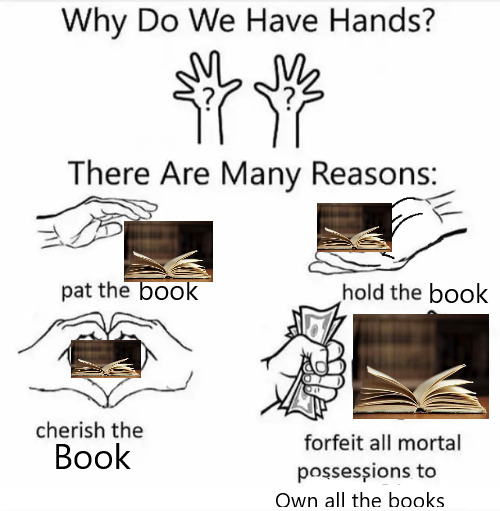
#percy jackson#lockwood and co#mcu#marvel#avengers#the avengers#acotr#crescent city#a court of thorns and roses#book#book lovers#books#meme#memes#i mean. isn't it true?#book tumblr#booklr#WRITING AND ART MEANS SOMETHING#WGA strike#LOTR#the chronicles of narnia#doctor who
2K notes
·
View notes
Text
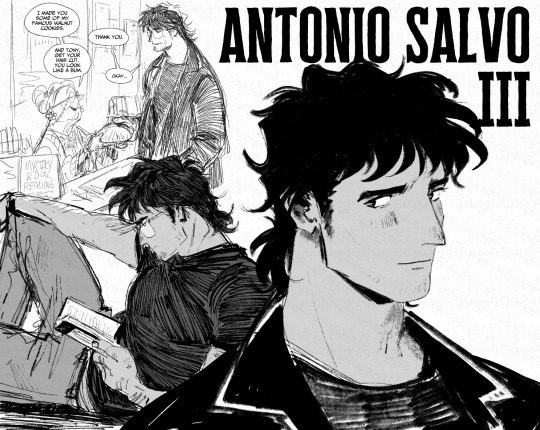
he has a library card
#sketch#artists on tumblr#doodles#original character#ocs#antonio salvo#tony salvo#true strike#truestrike#masks: a new generation#masks: overlook#masks: overlook city#npc#ruth and tony#i'm normal about him#superheroes#books aren't fragile so he spent a lot of time around them growing up#though the plates the librarian gives him treats on are fragile and fling him into anxiety as he has to try very hard not to break them#long story short he has super strength he's not confident in controlling so he is afraid of breaking everything#trying to achieve that saltburn level of desire
408 notes
·
View notes
Text

324 notes
·
View notes
Text
oh so when Lucie Herondale, a 16 year old shadowhunter with unusual powers, raises her boyfriend from the dead it has no major consequences and when she goes to Edom with her bestie and future parabatai the worst thing that happens is that they have to share a secret but when I, Clary Fairchild-
#right hand on the bible God can strike me down if I'm lying tHAT MOTHERFUCKER'S CHEATING#the way her boyfriend was also possessed and she didn't have to stab him or anything 🙄 unfair#lucie herondale#clary fairchild#the last hours#chain of thorns#jesse blackthorn#cordelia herondale#cordelia carstairs#ghostwriter#tlh#the mortal instruments#city of heavenly fire#chot#city of lost souls#city of glass#city of fallen angels#jace herondale#clary fray#clary morgenstern#simon lewis#simon lovelace#jace lightwood#tmi#clace#tsc#the shadowhunter chronicles#bella talks
809 notes
·
View notes
Text

Star Wars: Episode V - The Empire Strikes Back (1980)
#1980#film#movie#Star Wars#Episode V#The Empire Strikes Back#David Prowse#Darth Vader#Mark Hamill#Luke Skywalker#Cloud City#Bespin#lightsaber
206 notes
·
View notes
Text

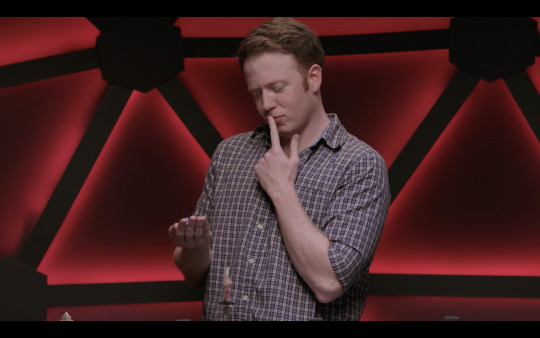
this is the kind of dm i want to be
#to strike fear into the hearts of my players#dimension 20#d20#tuc#the unsleeping city#tuc2#tuc 2#brennan lee mulligan#d&d#dnd#dungeons & dragons#dungeons and dragons
728 notes
·
View notes
Photo

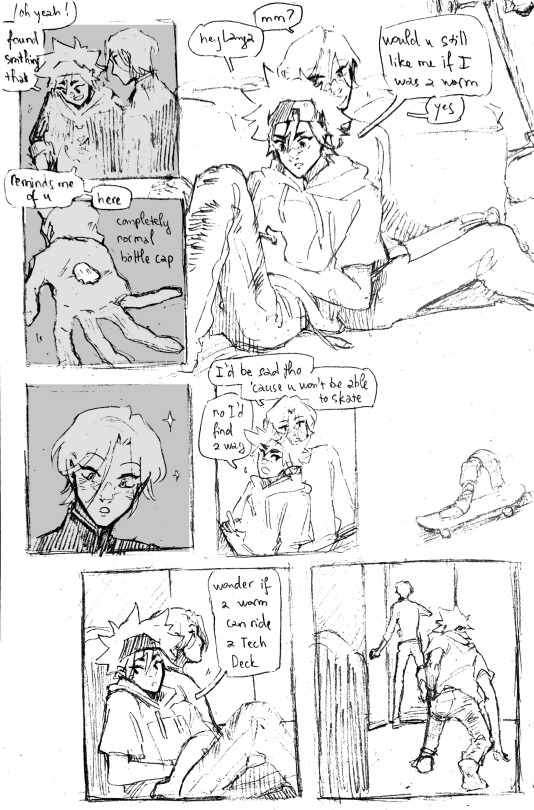
hahaha wheee haha
#sk8 the infinity#kyan reki#hasegawa langa#renga#continuing to tag ship instead of answering any of the reporters' questions#as you can see. I am still on my Reki Speaks English Pretty Fluently But Can Not Read It For Shit bullshit#and also. teen shenanigans. which can also be grown up shenanigans if ur not a square#man. todays been a Whole thing. how was it really the case that every art supply store I went to ran out of black ink#three! I went to three stores! literally a triangle in the city!#still have some of the devils tar left but I'm not enthusiastic about it#well! that's for future baku to care about and for me to ignore babeyy#tbh this is like. Im just glad I can still scribble a funny comic when it strikes me it's been too long#I don't do that a lot anymore... even tho its such a good measure of like. ur sense of timing#if u can draw a funny comic ur powerful enough to do anything. u can eat the sun u can kick its ass. u can draw a sad comic too#I realized I missed that...#also accidentally sent this from draft without adding tags lol. and tried adding tags on mobile and it spit in my face and called me a bitch#got enough of that. one must never forget one's currently on tumblr#now I sleep. gods. gods do I need a bit of that#have a good night lads. bring a worm onto a rollercoaster. see what happens
598 notes
·
View notes
Text
Palestinian “Subhumans” (Untermensch)

Israel’s Deputy Mayor of Jerusalem calls for burying detained Palestinian civilians ALIVE with D-9 military bulldozers, calling Palestinians “Nazis”, “Subhuman” & “Ants”.
“They are not human beings & not human animals, they are subhuman and that is how they should be treated.”
The men are thought to have been arrested in Beit Lahia, in the far north of the Gaza Strip.
Amalek is in reference to a biblical verse, which has also been referenced recently by Israeli Prime Minister Benjamin Netanyahu, calling for the extermination of every man, woman and child, and their livestock, belonging to an ancient enemy of the Jewish people.
Several far-right Israelis and ultranationalists have in the past referred to Palestinians as modern-day Amalekites, in what commentators have deemed as genocidal language used to justify the killing of Palestinians.
Source: MiddleEastEye.com
Untermensch ‘underman’, ‘sub-man’, ‘subhuman’; Untermenschen) is a Nazi term for non-Aryan people they deemed as inferior. (Wikipedia)
#gaza strip#gaza#free gaza#save gaza#gazaunderattack#palestinians#ceasefire#free palestine#genocide#palestine#gaza city#gaza strikes#israel palestine conflict#humanitarian pause#israel hamas war#hamas#idf#israeli#nakba#nakba 2023#al nakba#second nakba#nakba day#resistance#war crimes#israel#settler colonialism#islamic resistance#al qassam brigades#jerusalem
157 notes
·
View notes
Text

Ralph McQuarrie “Cloud City” concept art from The Empire Strikes Back (1980) Source
87 notes
·
View notes